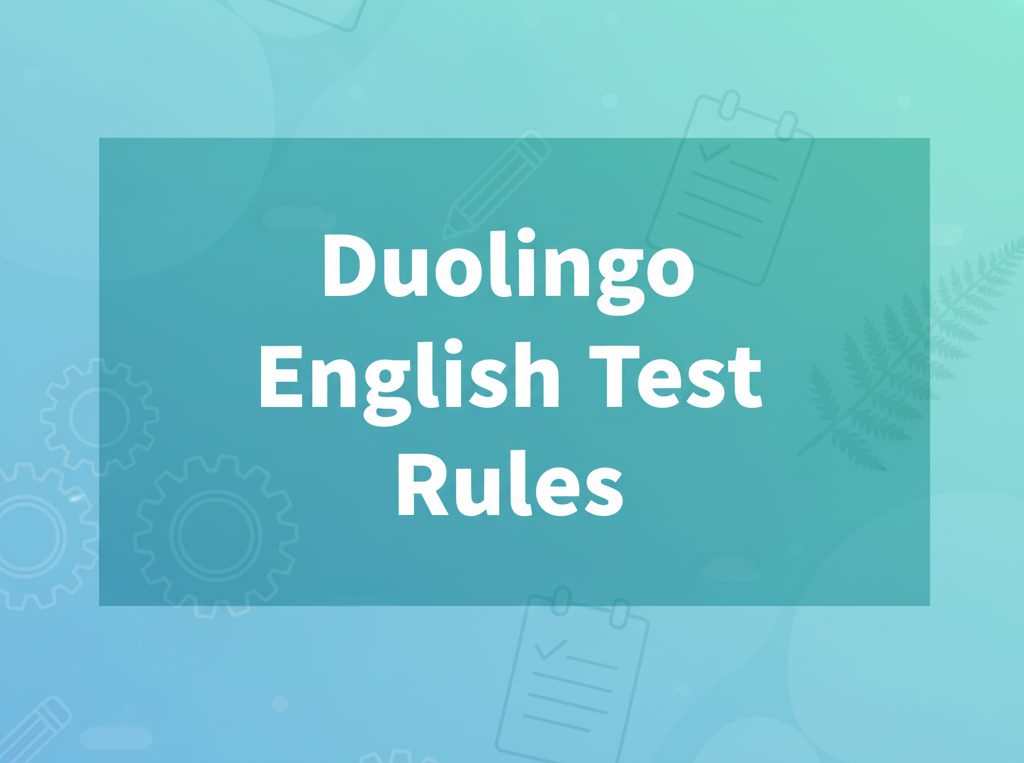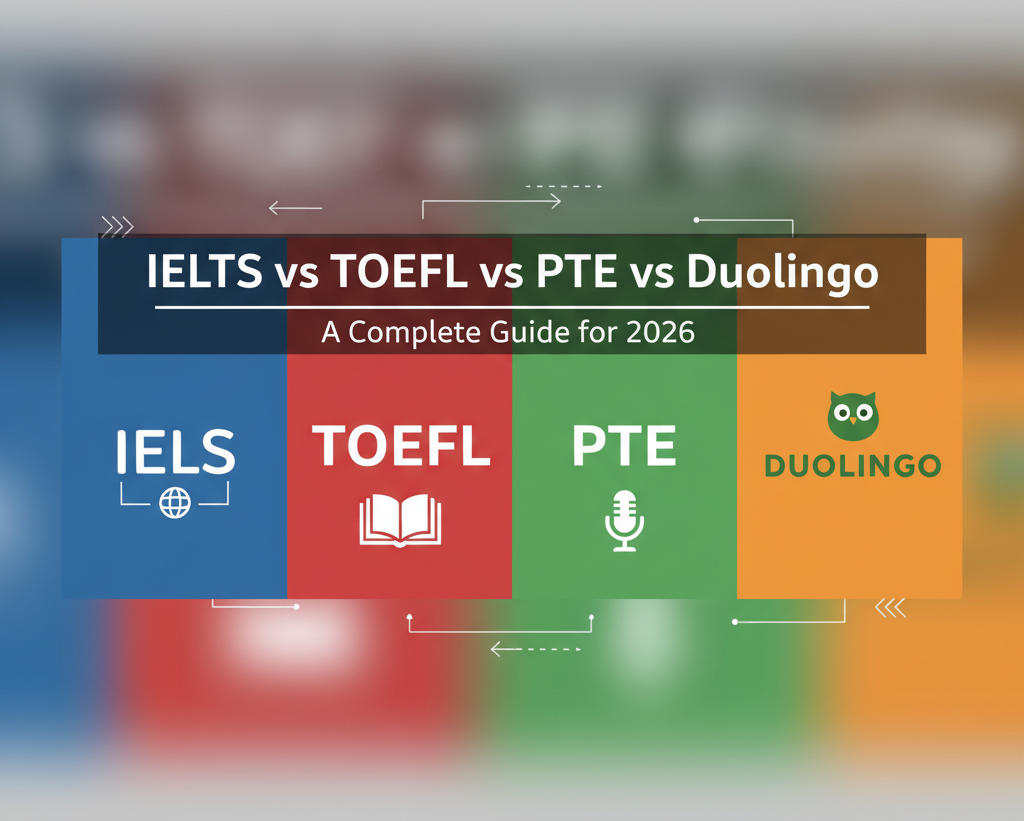If you’re an Indian student planning to study and work in Canada in 2025–26, the NOC code Canada is an essential first step. The National Occupational Classification (NOC) is a five-digit code that classifies jobs in Canada based on duties, responsibilities, and skill level. It is crucial for immigration programs, including the Post-Graduation Work Permit (PGWP).
In 2025, Canada expects around 395,000 new permanent residents, many through skilled worker programs. Knowing your NOC code can help you choose the right program, plan internships, and align your career with in-demand jobs. For example, a Software Engineer is NOC 21230 (TEER 1), and a Registered Nurse is NOC 30010 (TEER 1).
Understanding your NOC code early makes it easier to plan studies, work experience, and future immigration steps.
What is NOC Code Canada?
The National Occupational Classification (NOC) is Canada’s official system for classifying all jobs. Every occupation has a five-digit NOC code that explains job duties, required skills, and education.
Choose your dream country
When do you want to study abroad?
What's your highest level of education?
Select you current city
How Leap will help you
Personalised University Shortlist
Express Applications with Quicker Admits
End-to-End Application Support
For Indian students planning to study or work in Canada in 2025–26, understanding your NOC code is important because it:
- Determines your eligibility for Express Entry and Provincial Nominee Programs (PNPs)
- Helps in Post-Graduation Work Permit (PGWP) applications
- Guides your choice of courses, internships, and career path
A proper understanding ensures your skills and education align with Canada’s labour market demands, giving you an advantage when applying for jobs or immigration.
What is the Structure of the NOC Code Canada?
The National Occupational Classification (NOC) uses a structured five-digit code to classify every job in Canada. Each digit provides specific information about the occupation:
- First digit: Broad occupational category (e.g., business, healthcare, trades).
- Second digit: TEER category (Training, Education, Experience, Responsibilities).
- Third, Fourth, Fifth digits: Define the sub-major, minor, and unit group, pinpointing the exact occupation.
Example:
A Software Engineer might have a NOC code 21230:
- 2 – Natural and applied sciences
- 1 – TEER 1 (university degree required)
- 230 – Specific role of software engineering
This structure helps Indian students match their qualifications to the right occupations and immigration pathways.
TEER Categories (Second Digit of NOC Code)
TEER (Training, Education, Experience, and Responsibilities) groups jobs based on the level of qualification and experience required:
| TEER | Requirement |
|---|---|
| TEER 0 | Management roles |
| TEER 1 | University degree or several years of experience from TEER 2 |
| TEER 2 | 2–3 year post-secondary program, apprenticeship, or supervisory role |
| TEER 3 | Less than 2 years post-secondary or 6+ months on-the-job training |
| TEER 4 | Completion of secondary school or short on-the-job training |
| TEER 5 | Short-term work experience; no formal education needed |
Why This Matters for Indian Students:
- Helps match your education and experience to eligible jobs for Express Entry, PGWP, and PNPs.
- TEER 0–3 are generally considered for skilled worker immigration programs.
- Aligning your program choice and internships with TEER categories can improve your career prospects in Canada.
NOC Code Canada Categories (First Digit Breakdown)
The first digit of your NOC code represents the broad occupational category. Understanding these categories helps students identify which fields align with their academic background.
| Digit | Occupational Category |
|---|---|
| 0 | Legislative and senior management occupations |
| 1 | Business, finance, and administration occupations |
| 2 | Natural and applied sciences and related occupations |
| 3 | Health occupations |
| 4 | Education, law, social, community, and government services |
| 5 | Art, culture, recreation, and sport occupations |
| 6 | Sales and service occupations |
| 7 | Trades, transport, and equipment operators |
| 8 | Natural resources, agriculture, and related production occupations |
| 9 | Manufacturing and utilities occupations |
Understanding where your field fits within this classification can help narrow down NOC codes more accurately.
List of NOC Codes in Canada
For Indian students planning to study or work in Canada in 2025–26, understanding which NOC codes are in high demand can help you align your education with stronger job prospects and immigration opportunities. These roles are often prioritised in Express Entry and Provincial Nominee Programs (PNPs).
| NOC Code | Occupation | TEER Category | Demand Level | Typical Education |
|---|---|---|---|---|
| 21230 | Software Engineer | TEER 1 | High | University Degree |
| 30010 | Registered Nurse | TEER 1 | High | Nursing Degree |
| 21702 | Data Scientist | TEER 1 | Growing | University Degree |
| 10011 | Human Resources Manager | TEER 0 | Moderate | Management/HR Degree |
| 72401 | Electrician | TEER 2 | High | Diploma/Apprenticeship |
Why These Matter for Indian Students:
- Tech roles like Software Engineer and Data Scientist are in constant demand across provinces such as Ontario and British Columbia.
- Healthcare roles like Registered Nurse are in short supply nationwide, offering easier pathways to PR.
- Skilled trades like Electrician (TEER 2) are increasingly supported by LMIA-based work permits.
- Management positions like HR Manager (TEER 0) can lead to higher CRS points in Express Entry.
Tip: Before applying for work or immigration programs, ensure your education and experience match the NOC code. For example, a computer science graduate should target TEER 1 tech roles, while a diploma-holder electrician fits TEER 2.
How to Find Your NOC Code Canada?
Finding your correct NOC code is a crucial step for Express Entry, work permits, and Post-Graduation Work Permits (PGWP). Using the wrong code can delay applications or reduce your eligibility for immigration programs.
Step-by-Step Guide to Finding Your NOC Code
- Visit the official Canada NOC website: The government provides a searchable database for all occupations.
- Enter your job title or keywords: Use your current or intended job role, e.g., “Software Engineer” or “Registered Nurse.”
- Review the search results: Look at job descriptions, duties, and required education.
- Check the TEER category: Ensure your education and experience align with the TEER category assigned to the occupation.
- Select the correct NOC code: Confirm that your duties match the listed responsibilities for that code.
Tips for Indian Students
- Match your degree with TEER requirements: For example, a Bachelor’s in Computer Science fits TEER 1 roles like Software Engineer (21230).
- Align internships or work experience: Your past or planned work should reflect the NOC duties to strengthen your Express Entry profile.
- Double-check for updates: Canada updates its NOC list periodically; always use the latest version for 2025–26.
Example:
- A computer science graduate targeting a tech role should choose Software Engineer (21230, TEER 1).
- A diploma in electrical work, aiming for trade,s should select Electrician (72401, TEER 2).
Correctly identifying your NOC code ensures smoother immigration processing and better alignment with Canadian employers.
Importance of NOC Code Canada in Immigration
Your NOC code is crucial for both work and immigration in Canada. It ensures that your education, skills, and experience are properly matched to the labour market. Here’s why it matters:
- Express Entry: Only TEER 0–3 occupations are eligible for skilled worker programs. Your NOC code ensures your work experience counts toward your Comprehensive Ranking System (CRS) score.
- Work Permits: Employers must list the correct NOC code in Labour Market Impact Assessments (LMIA). Incorrect codes can delay approvals.
- Post-Graduation Work Permit (PGWP): Your NOC code helps verify that your work experience matches the Canadian standards.
- Eligibility Verification: Programs like the Federal Skilled Worker Program require at least one year of experience in your NOC occupation.
Tip for Indian students: Always verify your NOC code on the official Government of Canada NOC 2021 site and ensure your education, skills, and job duties align with your TEER category.
NOC Codes for Express Entry, PNPs, and LMIA
NOC codes play a central role in Canada’s immigration pathways, including Express Entry and Provincial Nominee Programs (PNPs). For Indian students planning to work and settle in Canada in 2025–26, understanding which NOC codes are eligible can significantly impact your immigration strategy.
Express Entry Eligibility
- Only jobs in TEER 0–3 are considered for skilled worker programs like the Federal Skilled Worker Program and Canadian Experience Class.
- Your NOC code must accurately reflect your work experience to earn points in the Comprehensive Ranking System (CRS).
- Example:
- Software Engineer – 21230, TEER 1
- Registered Nurse – 30010, TEER 1
Provincial Nominee Programs (PNPs)
- Each province has its own in-demand occupations list based on local labour market needs.
- Correctly identifying your NOC code increases your chances of provincial nomination, which can add up to 600 CRS points toward permanent residency.
Labour Market Impact Assessment (LMIA)
- Employers hiring foreign workers need to list the correct NOC code in the LMIA application.
- Matching duties to the NOC code ensures your employment is considered valid for immigration purposes.
Tip for Indian Students:
Always check the official Canada NOC 2021 database to confirm your NOC code and TEER category. This ensures eligibility for Express Entry, PNPs, and work permits, avoiding delays or complications in your immigration process.
Conclusion
Understanding your NOC Code Canada is key to planning your studies, internships, and career as an Indian student in 2025–26. Choosing programs and work experience that match your TEER category can improve your chances in Express Entry, PNPs, and PGWP applications. Targeting in-demand roles like Software Engineer (21230) or Registered Nurse (30010) can make your immigration and career journey smoother.
LeapScholar provides guidance at every step, from selecting the right university and program to visa assistance and SOP support, helping you achieve your Canada study and work goals effectively.
Frequently Asked Questions (FAQs)
-
How do I find my NOC code in Canada?
You can find your NOC code using the official Government of Canada NOC search tool. Enter your job title or keywords, review the job descriptions, and check that the TEER category matches your education and experience. Always use the official source to ensure accuracy.
-
What is the NOC code for Canada?
The NOC code is a five-digit number assigned to every occupation in Canada. It defines the duties, skills, and education required for the role. For example, a Software Engineer is 21230 (TEER 1), and a Registered Nurse is 30010 (TEER 1).
-
What are NOC levels 0, 1, 2, 3?
These are now referred to as TEER categories:
TEER 0: Management role
TEER 1: Jobs needing a university degree
TEER 2: Jobs requiring a college diploma or an apprenticeship
TEER 3: Jobs needing secondary school or on-the-job trainingThese levels help determine eligibility for Express Entry, PNPs, and other immigration programs.
-
What is the TEER code Canada?
TEER code Canada stands for Training, Education, Experience, and Responsibilities. It groups jobs into TEER 0–5 categories, replacing the old skill-level system. TEER 0–3 jobs are eligible for skilled immigration, while TEER 4–5 are usually entry-level roles.
-
What is NOC code?
The NOC (National Occupational Classification) code is a five-digit system used to classify jobs in Canada. It defines job duties, skills, and required education, helping students and skilled workers plan studies, work, and immigration pathways.
-
Is NOC good for PR?
Under the current system, NOC TEER 4 and TEER 5 (previously NOC C and D) are generally not eligible for most Express Entry programs. For permanent residency, focus on TEER 0–3 occupations, which are in higher demand and qualify for skilled worker streams.
-
What is the NOC occupation list in Canada?
The NOC occupation list Canada contains all jobs classified under the NOC system, including duties, skills, and TEER categories. Indian students can check this list to match their education and experience with in-demand Canadian jobs.
















Have Questions? Get Guidance to reach your Dream University
Connect with India's finest counsellors and biggest study abroad community.
Get Guidance